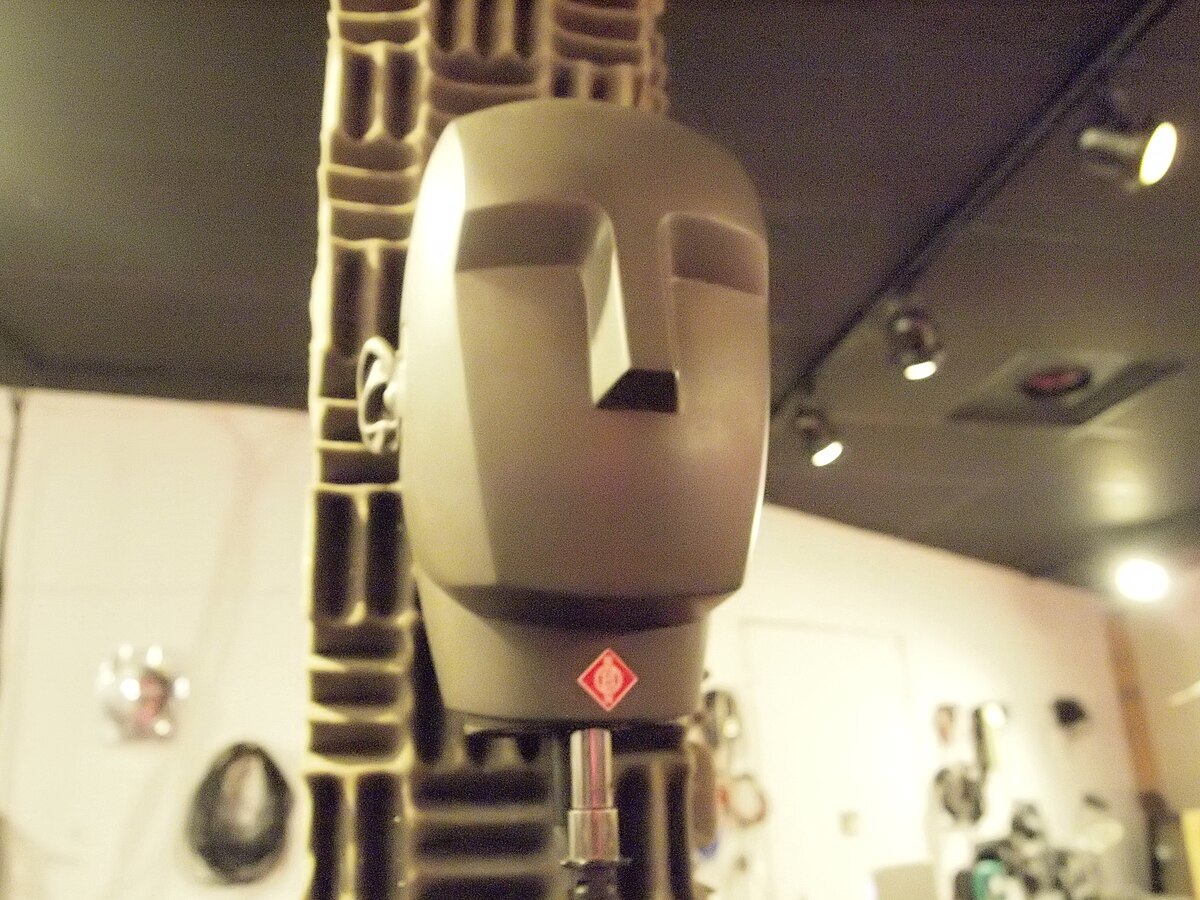nightlight
Roadie
- Messages
- 127
I started this series, “In the Room”, because one of the questions I always hear about gear is “What does it sound like the room”?
I use a Townsend Labs Sphere L22 mic in room mode to capture the sound of an amp in the room in these videos.
This is my latest - a VHT GP3 into a Mesa Boogie Rectifier Stereo 2:100 and then into an Emperor 4x12 with Eminence Governors and Tonkers. Guitar is an Aristides 060 in Drop D tuning.
I really love this power amp, and it pairs really well with the GP3, I think.
If you’re interested in other episodes in the series, here they are (I’ve posted them elsewhere on these forums before):
VHT Sig:X into Orange 2x12 with Celestion V30s
Mesa Boogie Quad into Rectifier Stereo 2:100 into Orange 2x12 with Celestion V30s
As I shoot more videos, I’ll post them in this thread.
I use a Townsend Labs Sphere L22 mic in room mode to capture the sound of an amp in the room in these videos.
This is my latest - a VHT GP3 into a Mesa Boogie Rectifier Stereo 2:100 and then into an Emperor 4x12 with Eminence Governors and Tonkers. Guitar is an Aristides 060 in Drop D tuning.
I really love this power amp, and it pairs really well with the GP3, I think.
If you’re interested in other episodes in the series, here they are (I’ve posted them elsewhere on these forums before):
VHT Sig:X into Orange 2x12 with Celestion V30s
Mesa Boogie Quad into Rectifier Stereo 2:100 into Orange 2x12 with Celestion V30s
As I shoot more videos, I’ll post them in this thread.

